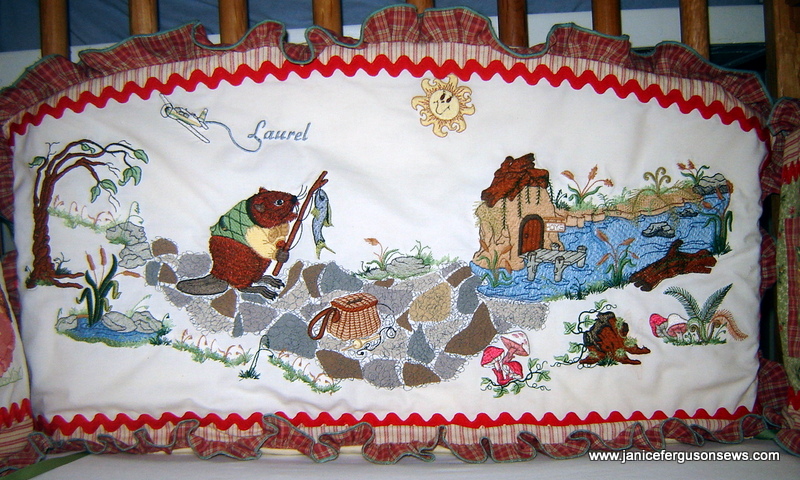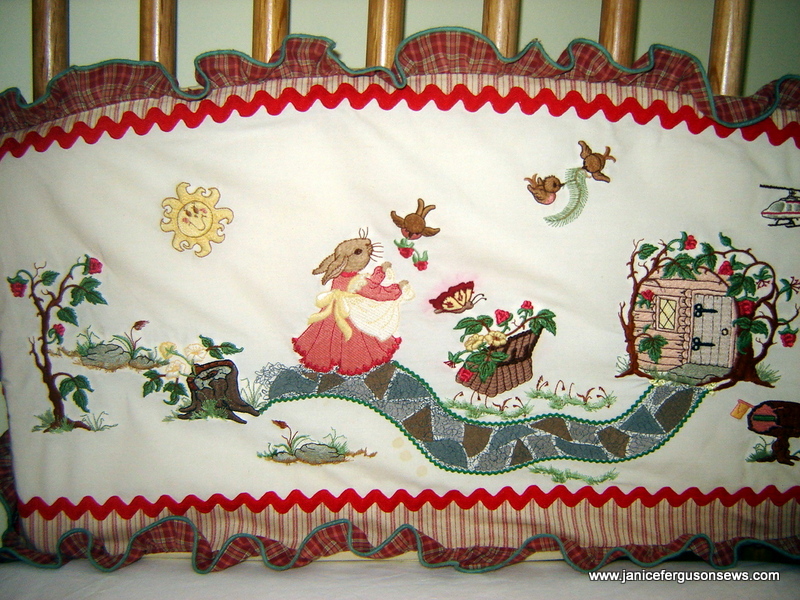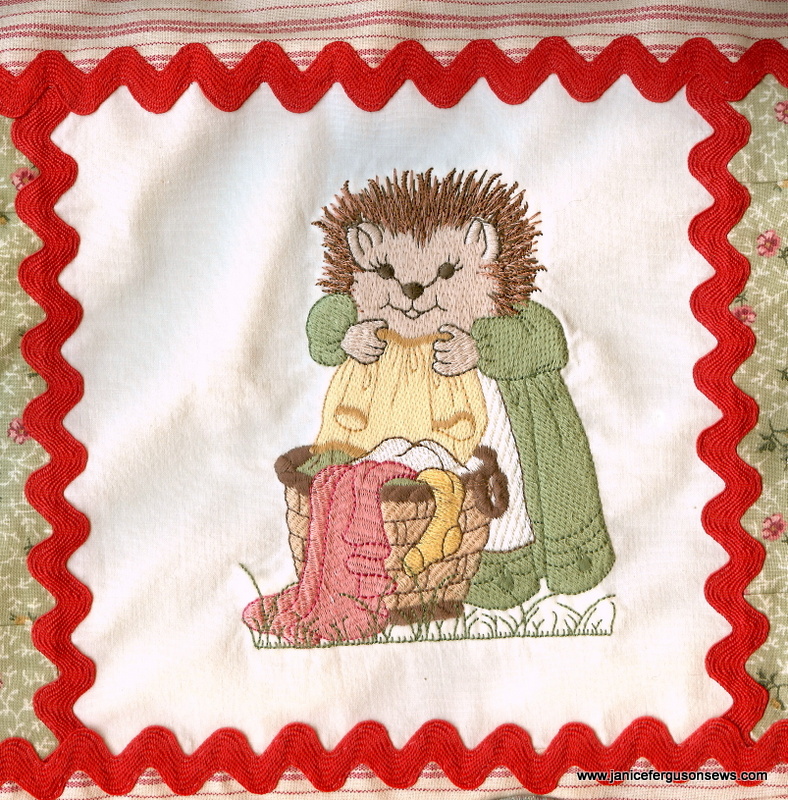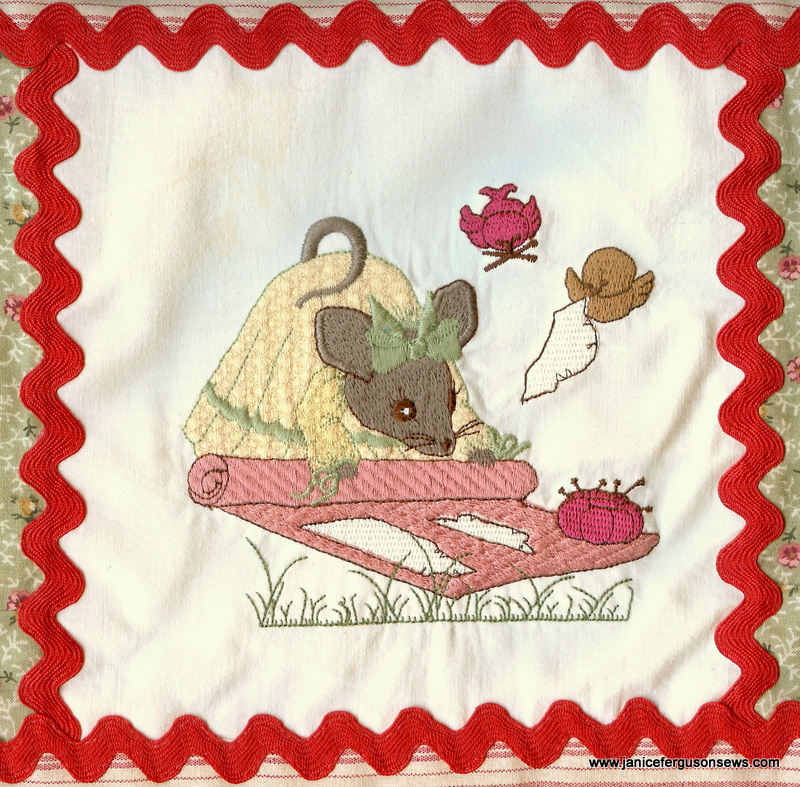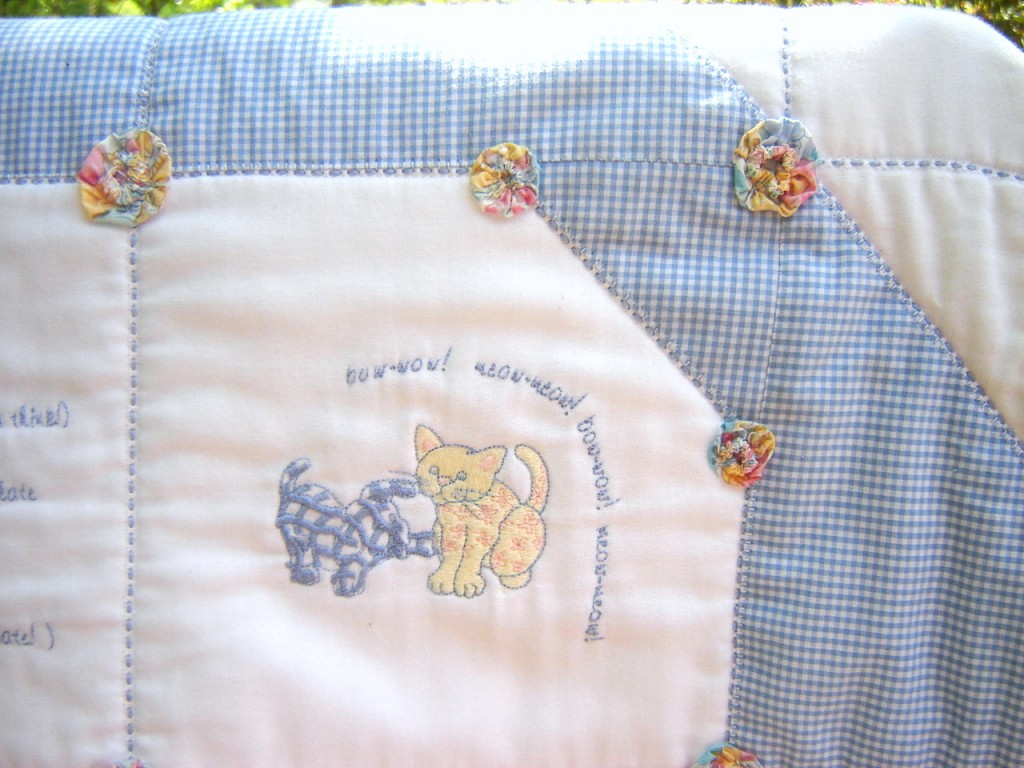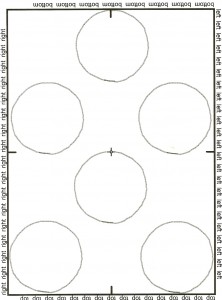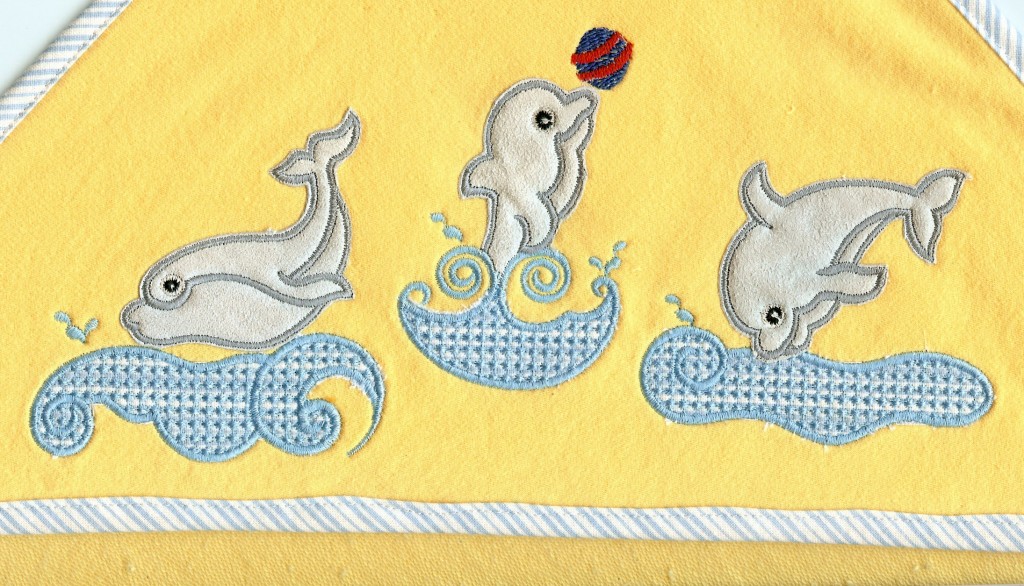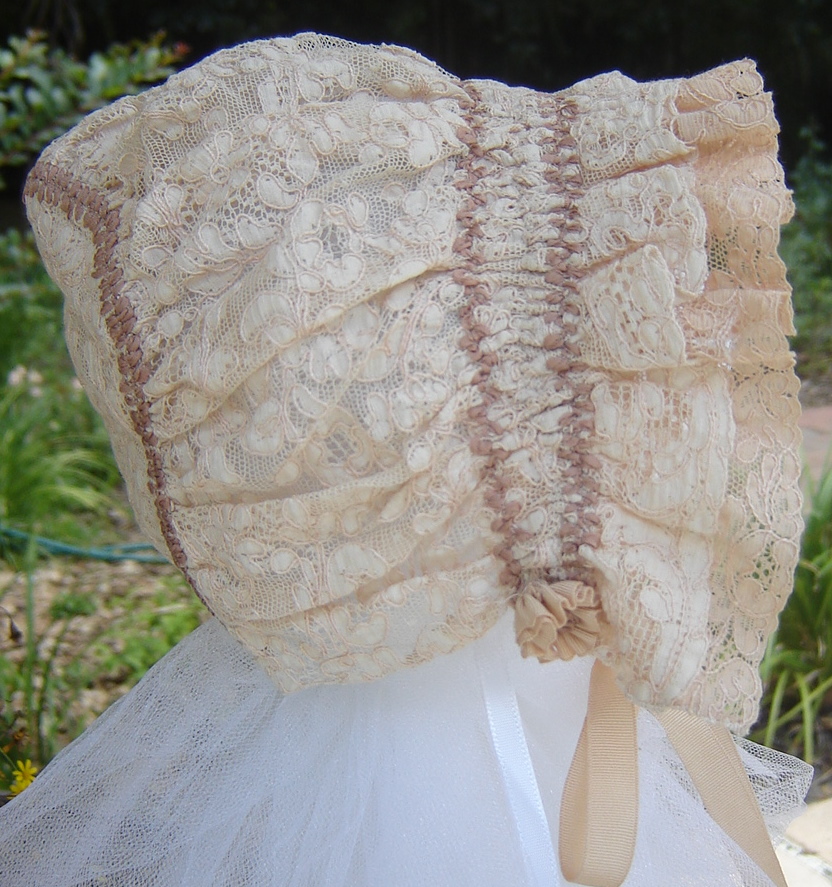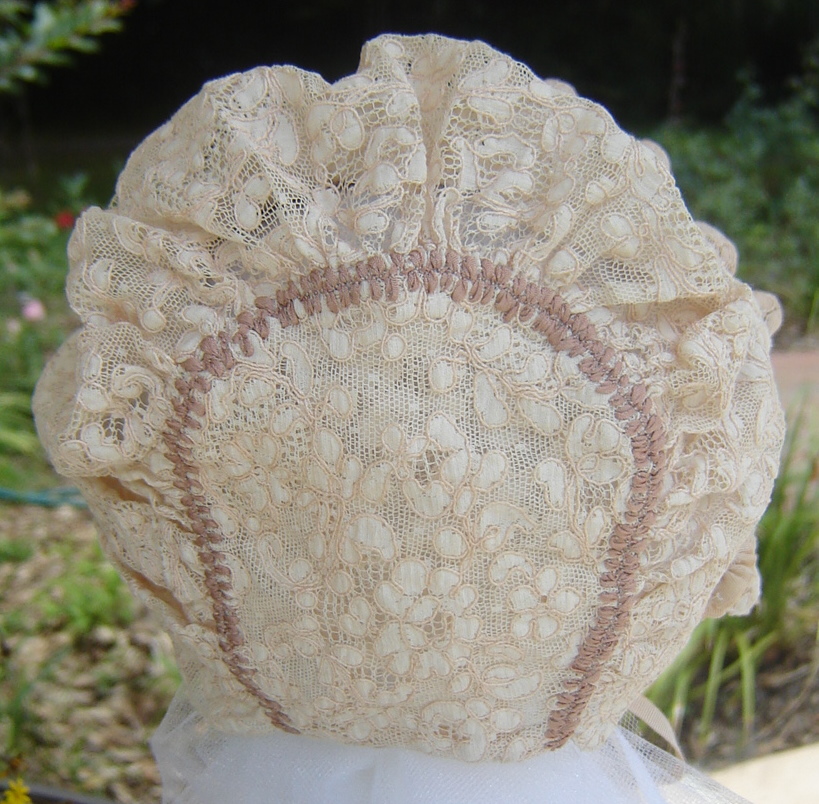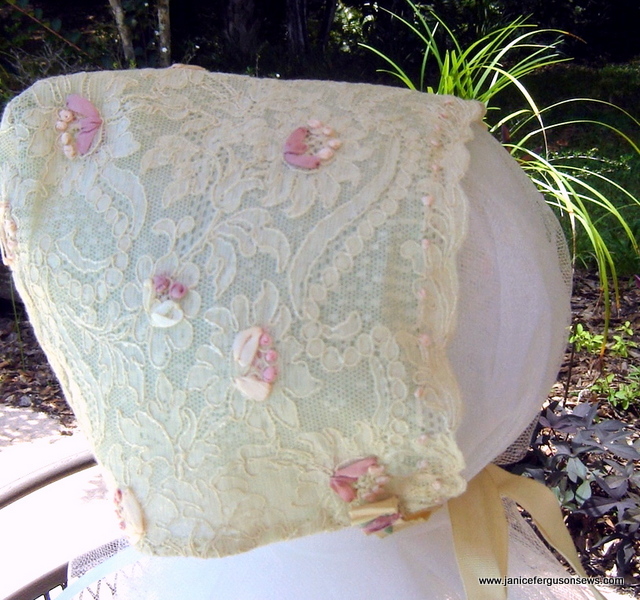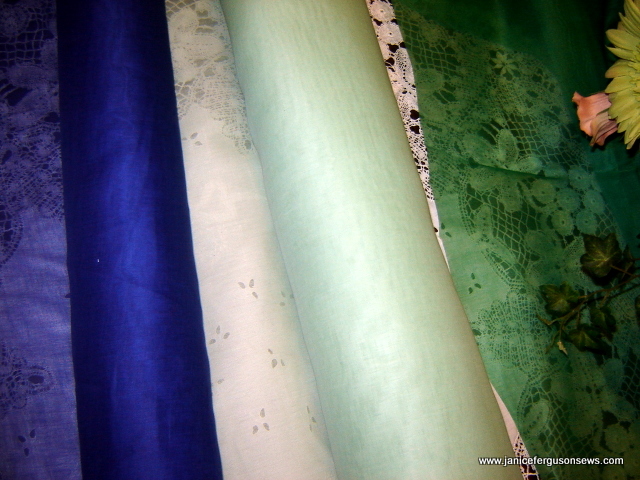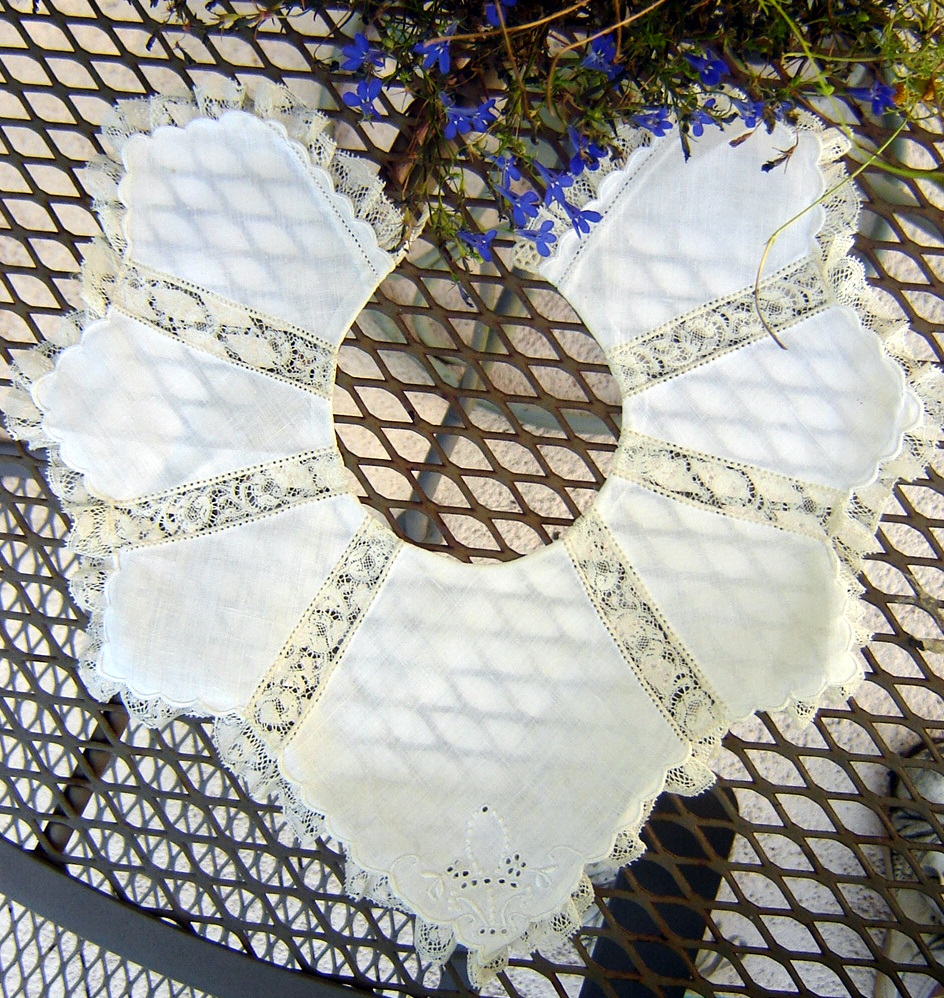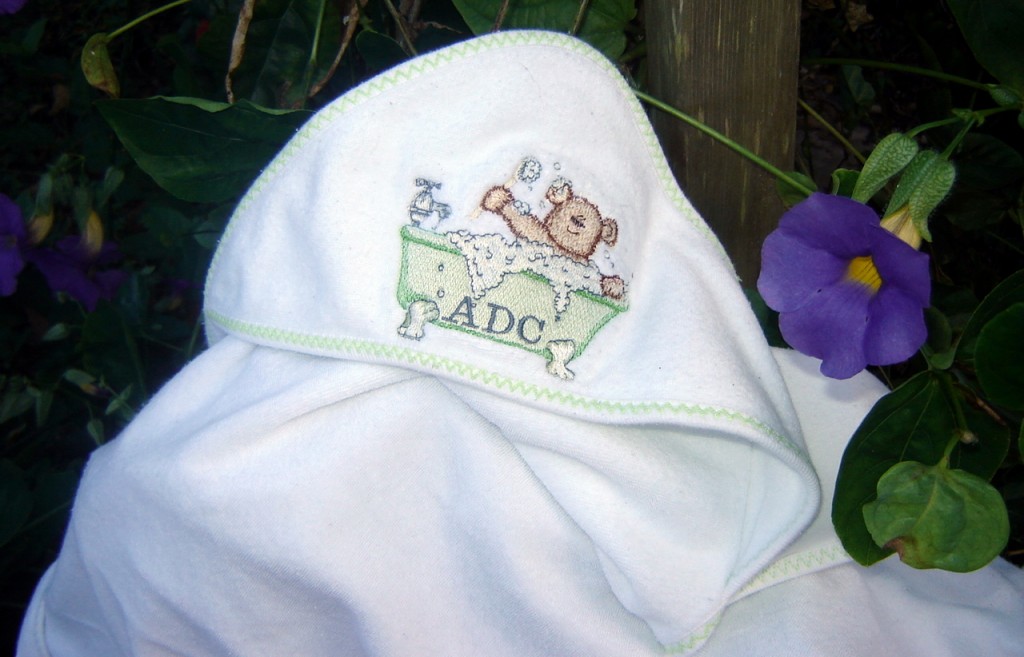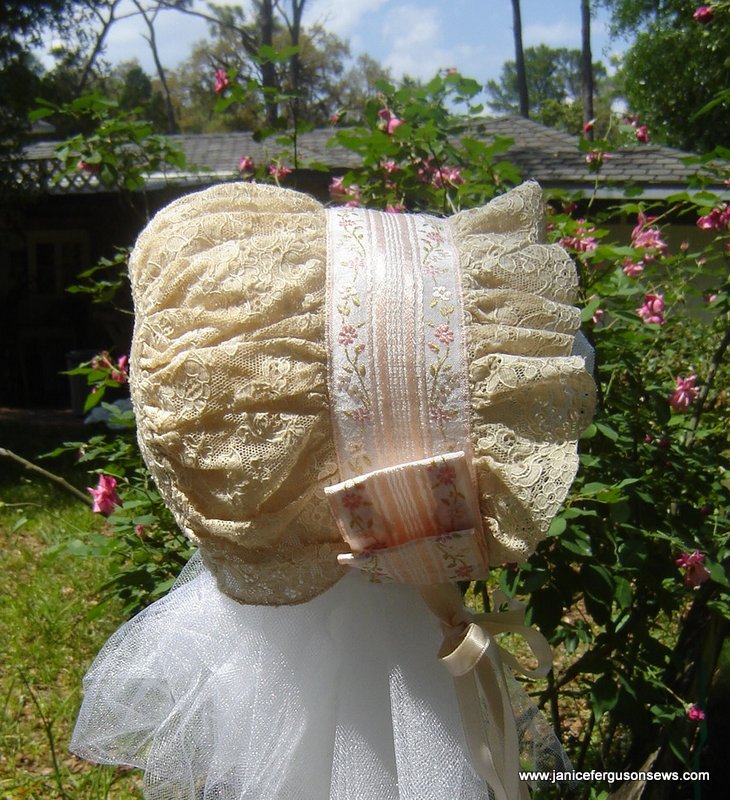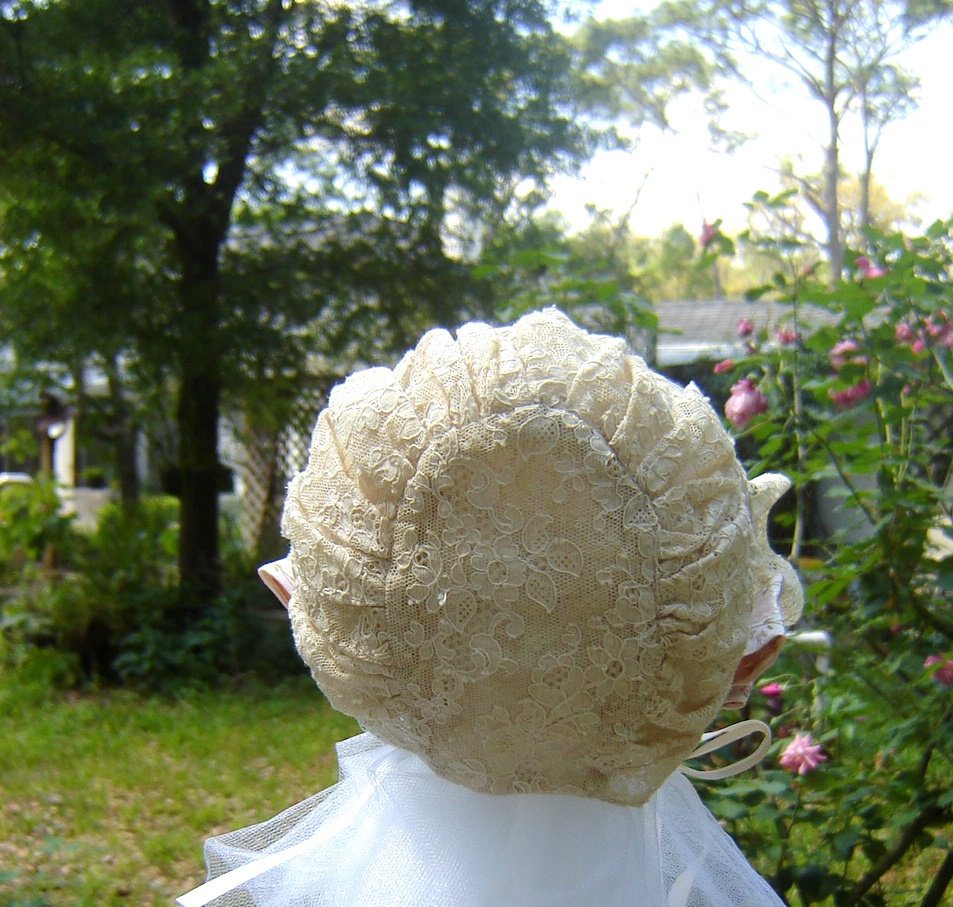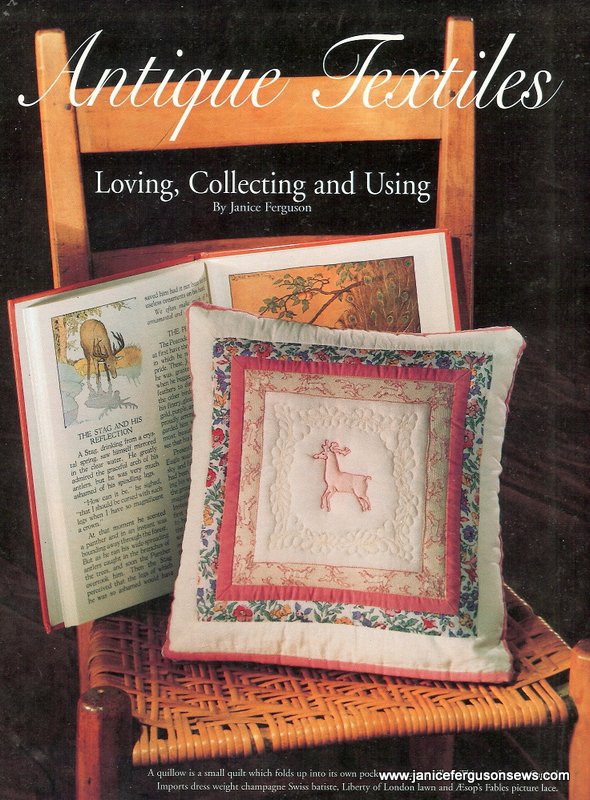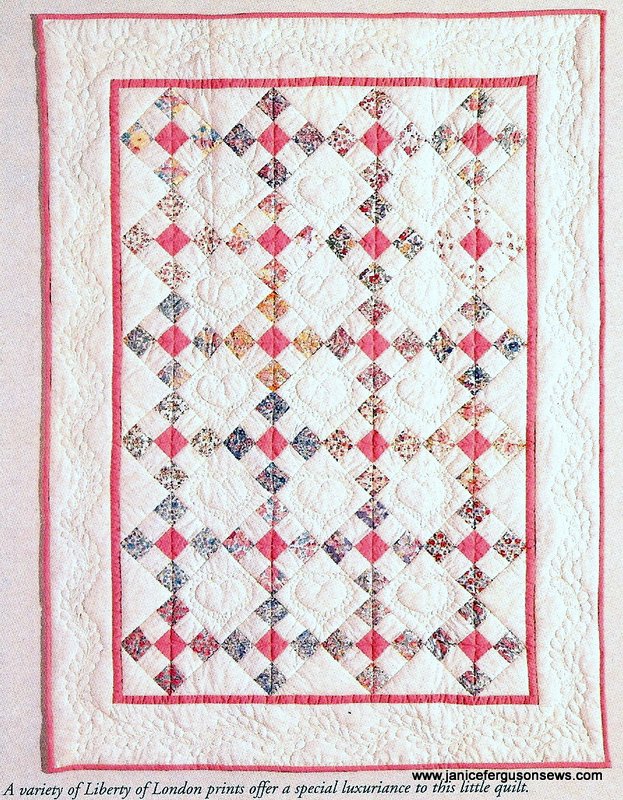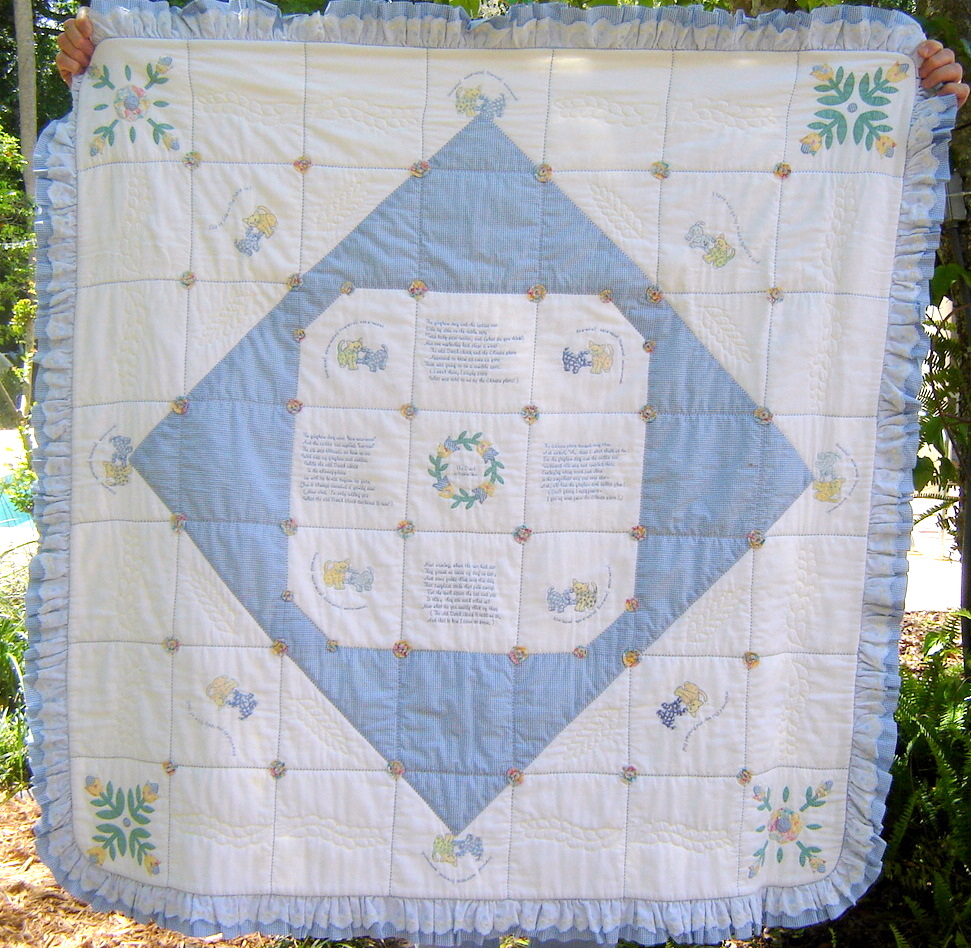
This is one of my all-time favorite projects. My dear friend, Suzanne Sawko, and I collaborated on the design, she digitized the straight line text and I sewed it.
It was a major project and telling you about it will take more than one post. I doubt many of you would have the patience or endurance to plow through all the details at one sitting. However, those of you who seek new techniques might find some tidbit of interest in the non-conventional creation of this quilt. So this is part one.
The quilt celebrates the amazing capabilities of today’s computerized home embroidery machines. Uncommon sewing and quilting techniques make the project interesting and relatively easy. With the whimsy of a classic children’s poem, the beauty of fine heirloom fabrics and the charm of embroidered gingham dogs and calico cats, this quilt has delighted each of my grandchildren. It hangs now in our upstairs nursery, next to the crib.

crib with quilt rack
What makes this quilt interesting? Well, the basic construction, for one. I will never forget my original disdain for quilting, especially after hearing a non-quilter comment that to her it made little sense to cut perfectly good fabric up into little pieces and then sew it back together again. At that time, I naively concurred.
But there is none of that cutting up and resewing here. This quilt is very non-traditional in every respect but the design.
QUILT TOP CONSTRUCTION: The foundation is a 50″ square of Swiss flannel, a luscious but shifty fabric which creates its own challenges. Pulled threads created a centered grid of 7″ squares. After the threads were pulled, the entire piece was starched and pressed.
 Continue reading →
Continue reading →
